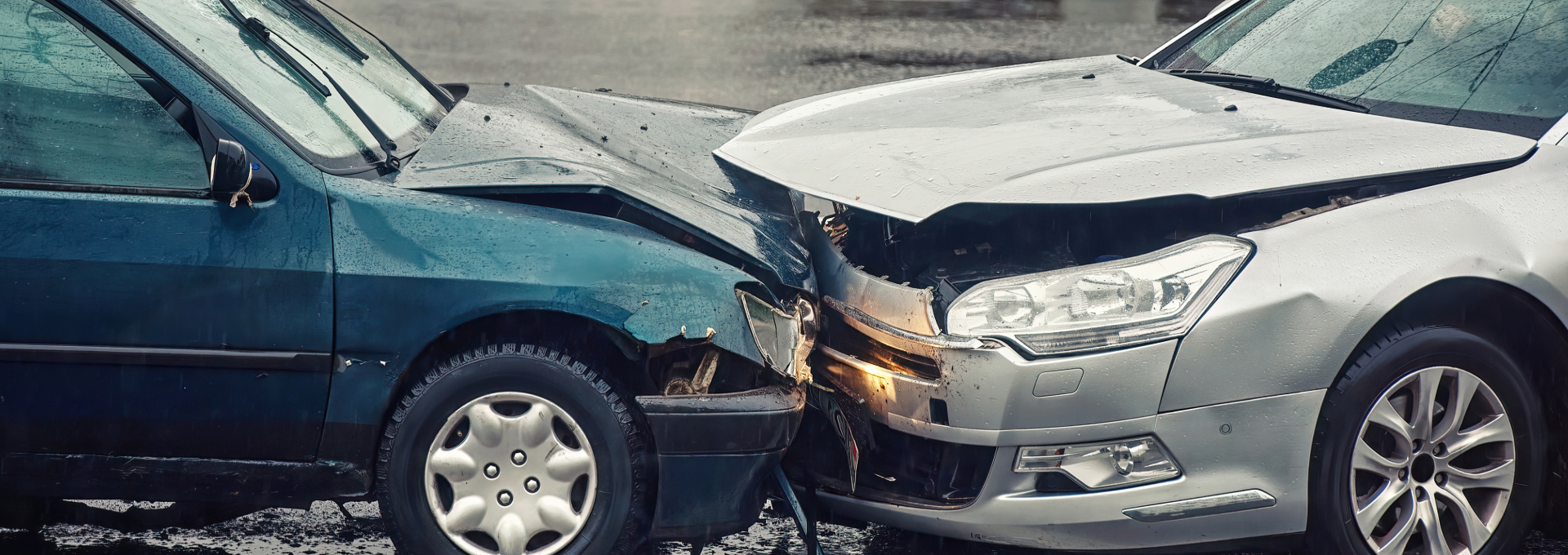Predicting the Supreme Court is particularly difficult, as they have the propensity to surprise. The most likely outcome appears to be something close to the Court of Appeal view...

On 20 February 2024, the Supreme Court considered how damages should be assessed where claimants are alleging both tariff-qualifying whiplash injuries and non-tariff injuries after a road traffic accident.
This was an appeal from the Court of Appeal who had originally been asked to provide guidance on this issue by the MIB on behalf of the Ministry of Justice, via two test cases.
The outcome is hugely anticipated because the alternative approaches advocated by the interested parties lead to different financial outcomes and also because with this guidance, it is expected that many claims currently idling in the OIC Portal, will either settle, or litigate.
HF attended the hearing in London yesterday and provide a summary below (including some predictions).
Detail of the Hearing
The Supreme Court heard from the claimants, APIL/MASS, and the ABI on how damages should be assessed for claimants alleging both qualifying whiplash tariff injuries and non-tariff injuries following a road traffic accident.
The claimants and the APIL/MASS intervenors are broadly on the same page. They both say that Parliament did not intend for the whiplash compensated by the tariff to cover all overlapping pain and suffering and loss of amenity with the non-whiplash injuries, so that these elements are paid via the tariff award. If it wanted to do this, it should have explicitly said so.
The argument for the intervener was that the right to damages for pain, suffering and loss of amenity (PSLA) of qualifying whiplash is effectively extinguished by the Civil Liability Act and replaced with a statutory award which is not full compensation (as that term is understood by the courts). This means that the court should not seek to arrive at an adjusted award; as the tariff award and PSLA damages for non-tariff injuries are “apples and pears”. Therefore, the principle against double recovery (for overlapping PSLA) is not engaged. The problem with this argument is the Act does not state that this was the intention. The Act is merely fixing the level of damages for PSLA at a lower level than the common law. As Lord Burrows put it, it is not “apples and pears” but “apples and smaller apples”.
However, the claimants also adopt a secondary position, which is essentially the view shared by the Court of Appeal majority, that you should add tariff to non-tariff injury, then take a step back and, if it looks like overcompensation, make a broad-brush reduction.
While the Court of Appeal were fans of badminton, football was the sport of choice for the Law Lords when discussing the principles of overlap in loss of amenity. The hearing started with some challenging questions for the ABI on several points, but then settled down. As in the Court of Appeal, there was recognition that medical reports in the OIC are not detailed enough to enable a thorough dissection of what loss of amenity was specific to each aspect of multi-site injuries. There were challenges from the Law Lords about whether such an approach was possible, or even right, in a streamlined, cheaper process that is intended to be used by unrepresented parties.
The claimants’ submissions spent a lot of time on statutory construction and the relevant case law, before APIL/MASS majored on the point that there is no danger of overcompensating the claimant. The Defendant argued that using a JG guideline valuation of the non-tariff injury as the minimum award (the ‘caveat’ in the Court of Appeal decision) would inevitably result in recovery of PSLA for the whiplash injury that exceeded the tariff amount. The President of the Law Lords acknowledged that this decision issue will be important to a lot of people and promised a quick judgment. Most expect that to mean early summer.
Predicting the Supreme Court is particularly difficult, as they have the propensity to surprise. The most likely outcome appears to be something close to the Court of Appeal view, acknowledging that would not be legally perfect, but a workable compromise. With the whiplash tariff being reviewed this year, and the Judicial Studies Guide for assessing common law damages set to being updated with an expected 20% increase in damages, the small claims track upper limit becomes important. However, with a likely general election and the possibility of a change in government, it appears that an increase to accommodate the increase in damages may be at least a year away.
For more information around the contents of this article, please get in touch with the authors: Liam McGuire or Paul Brandish
Related Insights

Calling Fleet Operators – The Rising Risks of Motoring Offences
A year on from the introduction of sentencing guidelines for driving offences in England & Wales we’re seeing the trends...

Smart Motorways – The Increasing Risk & Cost
Smart motorways are presenting an increasing challenge for insurers – who need to be aware of the different issues at...

Unlocking OIC Portal Potential
Motor insurers are under significant pressure to deliver reductions in premiums. Whiplash reforms were intended to reduce premiums, yet they’ve...

Supreme Court Decision on Mixed Injuries
The Claims Industry is at a Pivotal Moment The Supreme Court has handed down judgment in the whiplash ‘mixed injury’...





